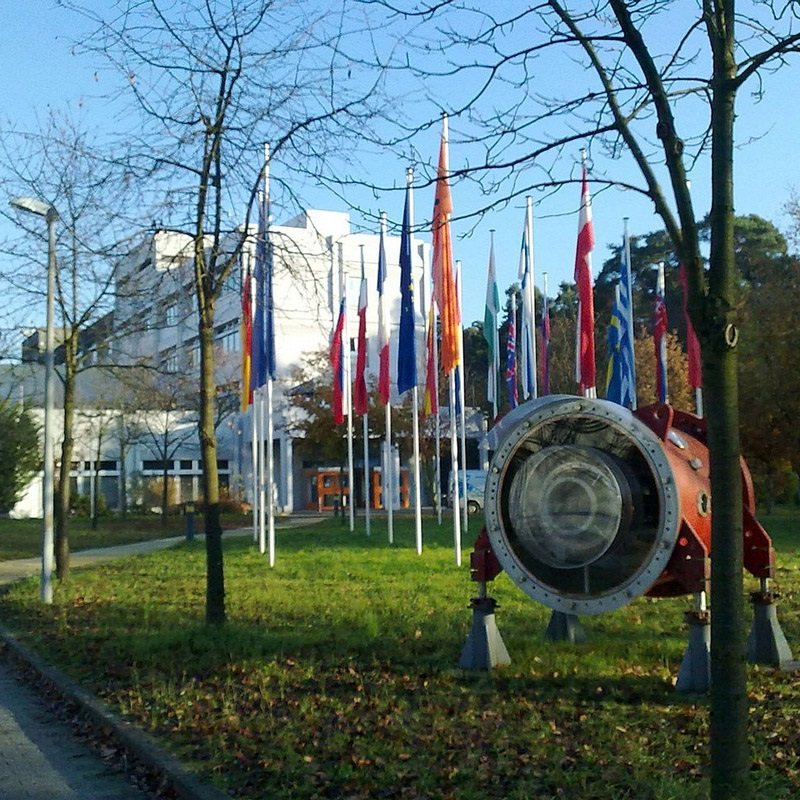Copernicium
112
Cn
Grupp
12
Period
7
Block
d
Protoner
Elektroner
Neutroner
112
112
173
Generella Egenskaper
Atomnummer
112
Atommassa
[285]
Masstal
285
Kategori
Övergångsmetaller
Färg
Ej tillämplig
Radioaktiv
Ja
Named after the astronomer Nicolaus Copernicus
Kristallstruktur
Ej tillämplig
Historia
Copernicium was first created on February 9, 1996, at the Institute for Heavy Ion Research (Gesellschaft für Schwerionenforschung) in Darmstadt, Germany, by Sigurd Hofmann, Victor Ninov et al.
This element was created by firing accelerated zinc-70 nuclei at a target made of lead-208 nuclei in a heavy ion accelerator.
A single atom of copernicium was produced with a mass number of 277.
This element was created by firing accelerated zinc-70 nuclei at a target made of lead-208 nuclei in a heavy ion accelerator.
A single atom of copernicium was produced with a mass number of 277.
Elektroner per skal
2, 8, 18, 32, 32, 18, 2
Elektronkonfiguration
[Rn] 5f14 6d10 7s2
Copernicium has no stable or naturally-occurring isotopes
Fysikaliska Egenskaper
Aggregationstillstånd
Flytande
Densitet
- g/cm3
Smältpunkt
-
Kokpunkt
-
Smältvärme
Ej tillämplig kJ/mol
Ångbildningsvärme
Ej tillämplig kJ/mol
Specifik värmekapacitet
- J/g·K
Förekomst i jordskorpan
Ej tillämplig
Förekomst i universum
Ej tillämplig

Bildkrediter: Wikimedia Commons (Commander-pirx)
Grundämnet upptäcktes vid Institutet för tungjonsforskning i Darmstadt, Tyskland
CAS-nummer
54084-26-3
PubChem CID-nummer
Ej tillämplig
Atomära Egenskaper
Atomradie
-
Kovalent radie
122 pm
Elektronegativitet
-
Jonisationspotential
-
Molvolym
-
Värmeledningsförmåga
-
Oxidationstillstånd
2, 4
Användningsområden
Copernicium is used for scientific research purposes only.
Copernicium is harmful due to its radioactivity
Isotoper
Stabila isotoper
-Instabila isotoper
277Cn, 278Cn, 279Cn, 280Cn, 281Cn, 282Cn, 283Cn, 284Cn, 285Cn